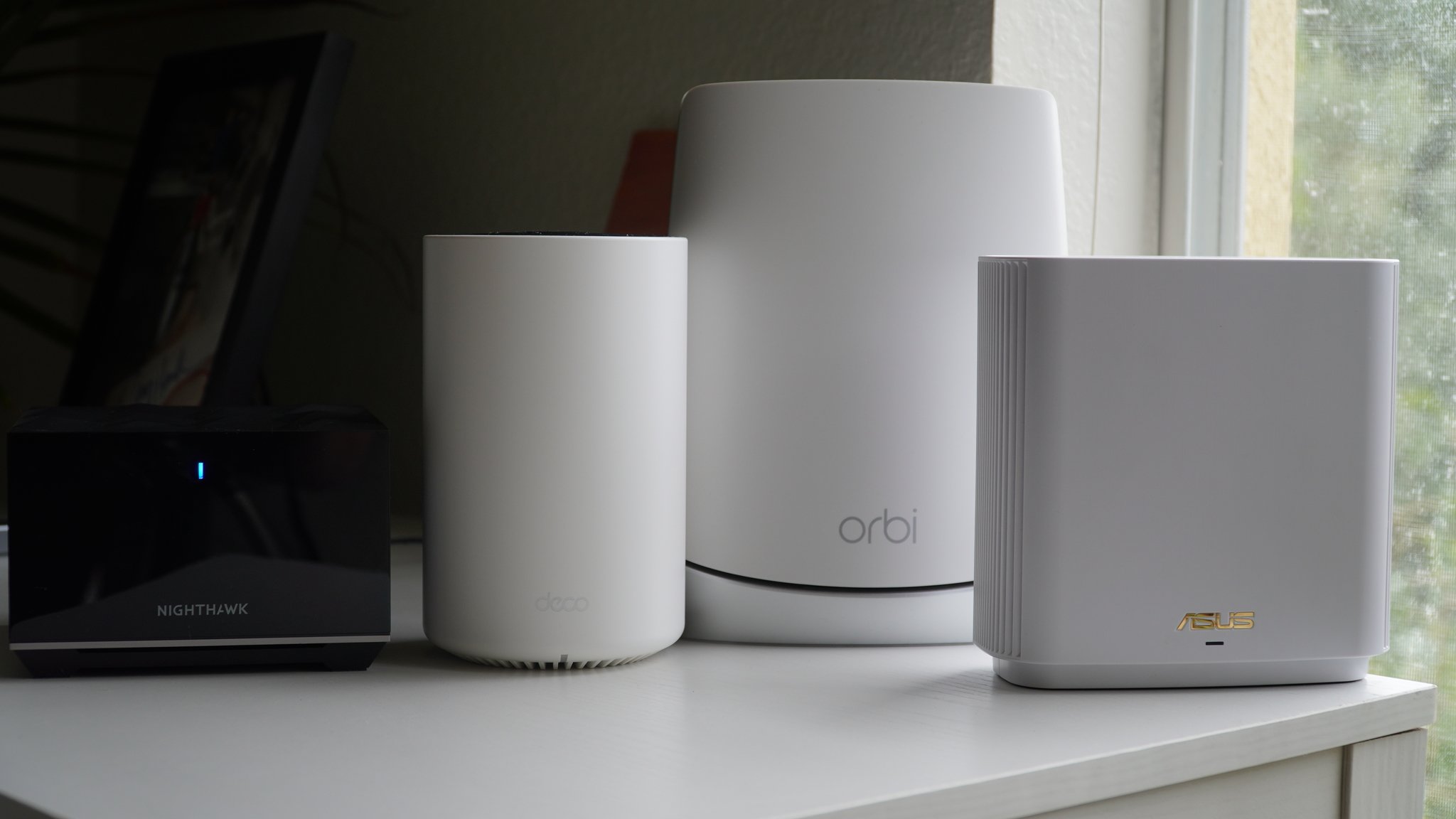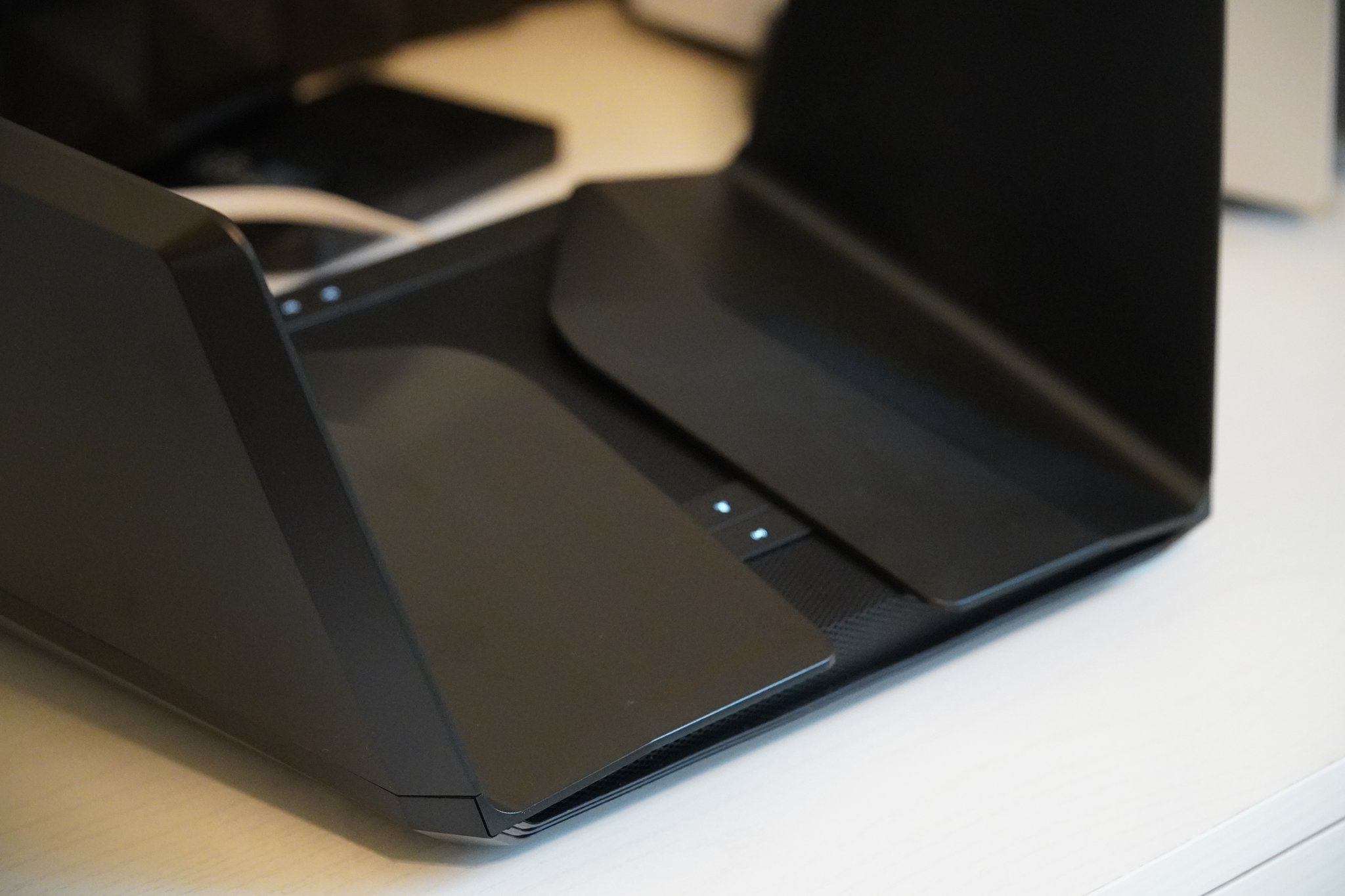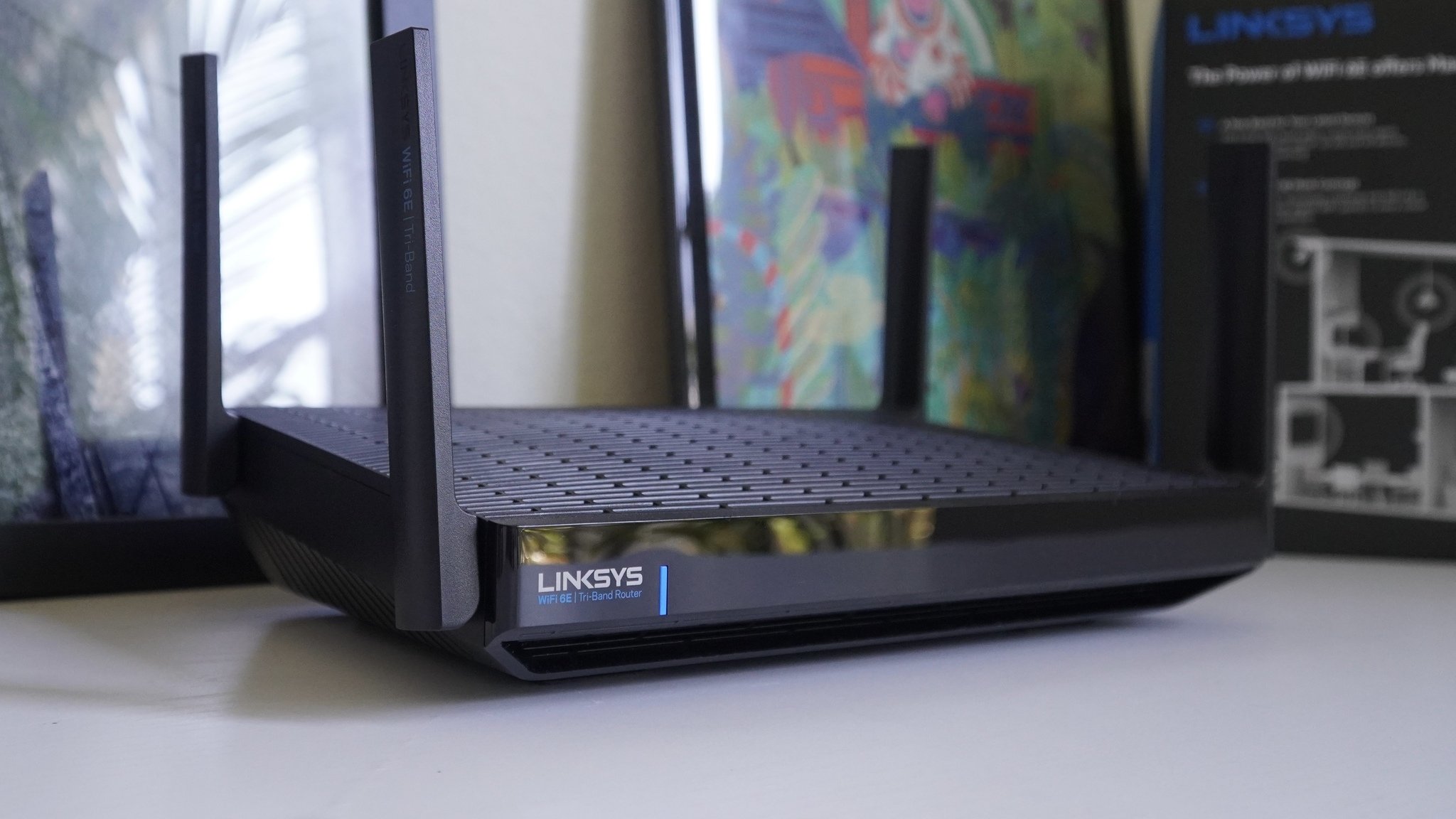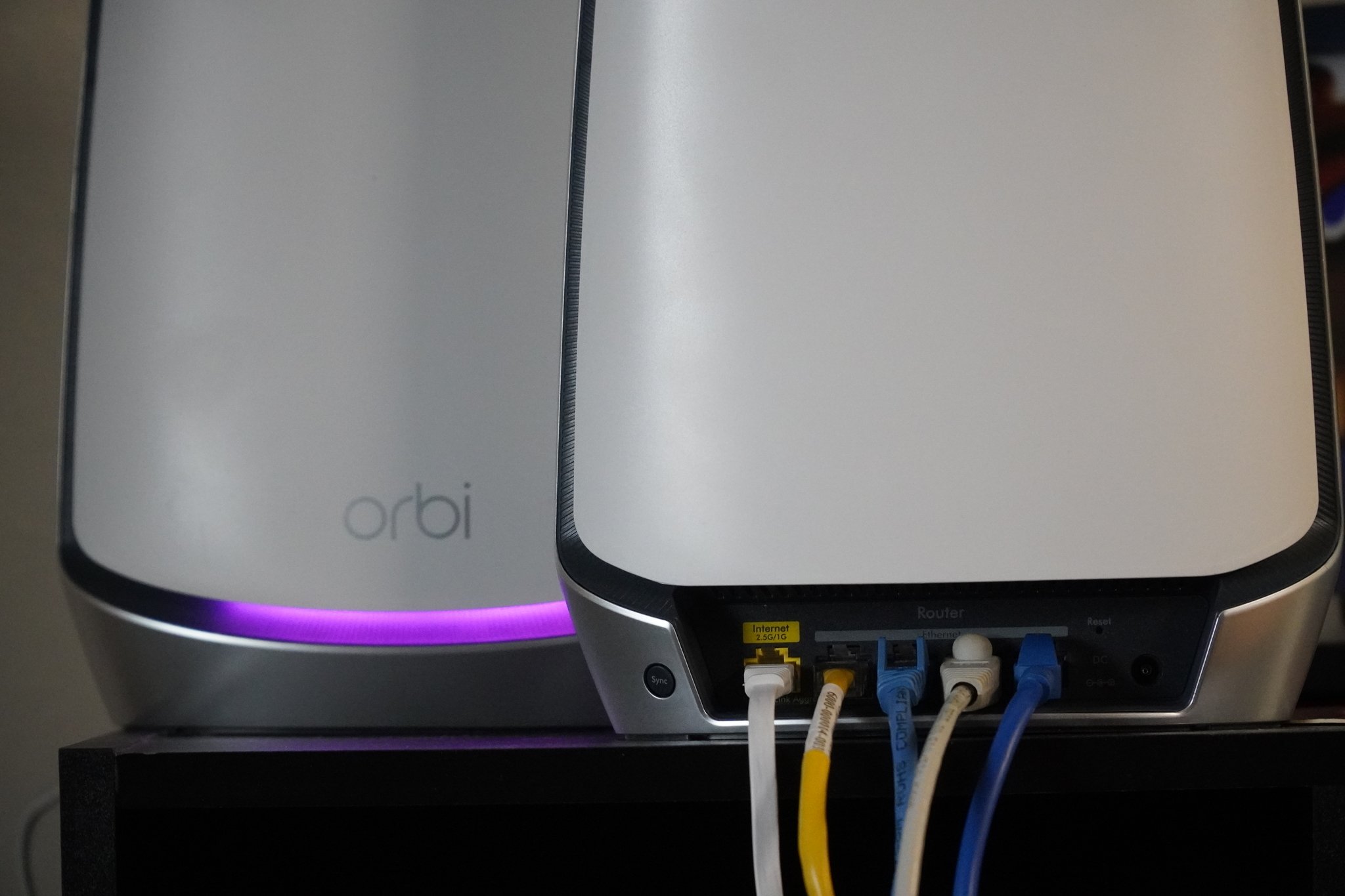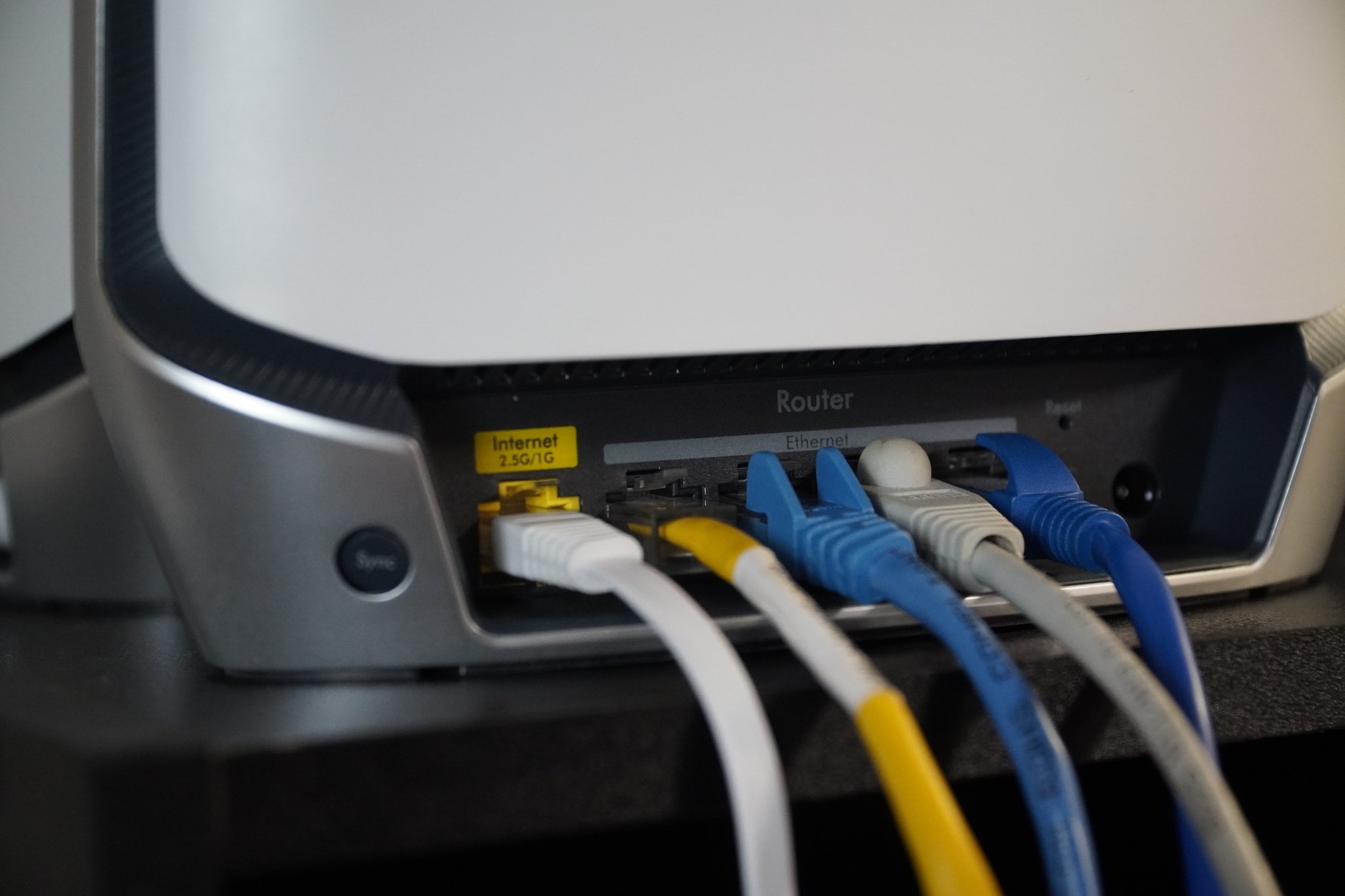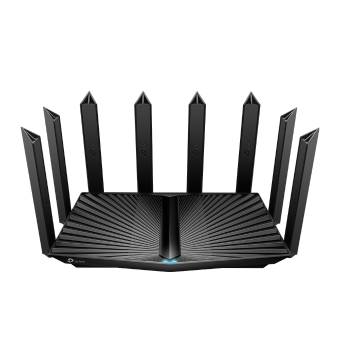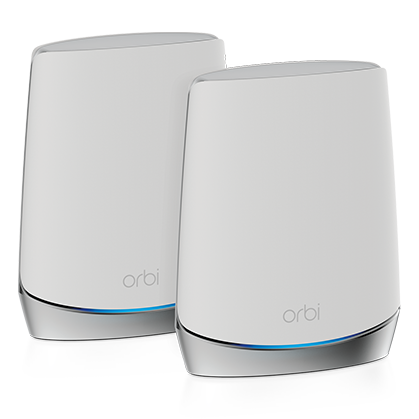Mesh systems are fast and expensive, but do you need one?
Mesh Wi-Fi networks are the new thing and that's great because mesh networks can put fast Wi-Fi where you need it without needing to run a single new wire. Setting up your own mesh Wi-Fi network is simple, thanks to consumer gear that does the hard work for you. For most systems, you only need a smartphone with an app to get going. The only problem is the price. Mesh systems can be quite pricey and really, many of us don't need them.
At the same time, standard routers are getting much better and some of them have even incorporated mesh capabilities into the software. Even without those mesh abilities, many people will get plenty of coverage by upgrading to one of the best Wi-Fi 6 routers rather than moving to a mesh. Faster speeds and improved range are more than buzzwords when it comes to buying the latest Wi-Fi router, and you'll often find advanced tools that a simplified mesh system offers.
That leads to the obvious question — should you upgrade your home network to a mesh system? Like most things, the answer isn't a simple yes or no. There are a couple of things you should consider before you dust off your credit card.
Router vs. Mesh Networking Do you need to upgrade your Wi-Fi network?
This is the first thing you should ask yourself. Ideally, a Wi-Fi network is something you should set up once and then never have to think about it until it's time to replace it. When properly planned, a Wi-Fi router or mesh client device should run unattended for several years — at least until it's time to upgrade to a newer wireless standard for increased speeds and bandwidth.
Ideally, a Wi-Fi network is something you should set up once and then never have to think about it until it's time to replace it.
Of course, that's often not the case, and many of us know our router needs that weekly reboot or things start misbehaving. Even worse, maybe you aren't particularly savvy when it comes to network issues and gear and have to call your internet service provider for help. Waiting for a technician to arrive sometime between 8 a.m. and 5 p.m. is never fun.
Wi-Fi 6 is the newest wireless networking technology to work its way onto the front of router boxes, and for many people, it's a great option. Also called 802.11ax, Wi-Fi 6 is the follow-up to 802.11ac, and it brings with it some speed and coverage improvements. More and more people have Wi-Fi 6 capable devices with many new laptops and smartphones supporting the technology. Wi-Fi 6 is also backward compatible so if you're ready for a new router, it really should come with Wi-Fi 6.
Wi-Fi 6E routers, like the incredible Nighthawk RAXE500 are also starting to trickle out. This derivative of Wi-Fi 6 adds support for 6GHz Wi-Fi bands though power levels haven't been fully unlocked so coverage isn't as good as 5GHz for the time being. The 6GHz space, however, does have much more open space than you can find at 5GHz and even allows for up to seven 160MHz channels. While 160MHz is available at 5GHz, it's much more limited leading most people to stick with 80MHz even when they have supported equipment. Still, a router with 160MHz is another way to get a little more speed from your network.
Router vs. Mesh Networking Are you just trying to fix a dead spot?
This is a pretty common issue. You have great Wi-Fi in the kitchen or living room, but when you go downstairs, or to the bedroom, the connection quality drops. If everything is working well in parts of your home that are close to the router or that aren't blocked by things not Wi-Fi friendly — the walls of your bathroom are notorious Wi-Fi signal blockers because of the special drywall used and all the copper pipes inside them — you could be the perfect candidate for a wireless extender instead of setting up a whole new network.
A Wi-Fi Extender is a cheap way to fix a single dead spot in your Wi-Fi coverage, but there are drawbacks.
Wireless extenders do precisely what their name implies — they take your existing Wi-Fi signal and repeat the signal to extend its range. Usually very easy to set up using a network cable or an online settings page, Wi-Fi Extenders are also compact and only need a power connection. One thing to be aware of is that you usually can't connect a consumer-grade Wi-Fi extender to an existing extender, so daisy-chaining them to reach your garage or the neighbor's house isn't very practical.
Most extenders will have a new network name (known as an SSID) to use when connecting to the extender instead of the router itself. This can be a bit of a pain if you move in and out of a room that needs an extender very often. Quality Wi-Fi Extenders run between $30 and $150 depending on the network type, so if you need multiple fast 802.11ac extenders, it might be more practical to set up a mesh network.
Another quirk of using a network extender is that they often cut the available bandwidth in half. This means your Wi-Fi network can only run at 50% speed whenever you're connected through the extender (not your internet speeds, which are usually much slower than your actual Wi-Fi network). While you might never notice it, it still will affect you whenever you're trying to send or receive a lot of information, like watching an HD movie or transferring large files from one device to another.
These drawbacks aside, a simple Wi-Fi Extender is a quick and cheap way to fix a single dead spot and a great idea if the rest of your Wi-Fi network is working well.
The best of both worlds
It's also worth mentioning that there are some mesh extenders that will use the same Wi-Fi name as the main router with improved access point switching. TP-Link's OneMesh, for example, works as a mesh. You will need to make sure your router is compatible or they will just act as normal extenders.
Some routers can even be configured into a mesh with software. This is the case with the AiMesh on Asus routers and Velop on Linksys routers'. While these routers won't be configured as a mesh out of the box, setup is pretty simple once you get into your router's browser interface. This is a great option for someone that wants as much flexibility as possible and is comfortable piecing together a practical set of routers but lacks all of the simplicity and elegance of a boxed mesh setup.
Router vs. Mesh Networking When to choose a mesh network
If you've decided you need to get rid of the gear you have and set up a new network or are setting things up in a new place, the choice between a mesh network and a traditional linear router-based network comes down to one thing — money.
A standard Wi-Fi router will still work for many homes and, in general, will be cheaper than a mesh system with comparable speeds. One of the biggest contributors to a mesh system's higher price is simply that they have multiple routers. Mesh systems also tend to be delivered more as a service with automatic software updates, monitoring, and even add-on security services like TP-Link HomeCare or Netgear Armor.
If you need anything more robust than a simple router solution, mesh networking makes a lot of sense.
Mesh systems have been growing in popularity, and manufacturers have been quick to add more options. Wi-Fi 6 mesh systems with incredible speeds are now widely available. Whether you want to start with a mesh router under $100 like an eero or go all-in on crazy Wi-Fi 6E speeds with a router like the Linksys Atlas Max 6E, there are a ton of mesh options available.
The only case I would hesitate to use a wireless mesh network in favor of a linear router-based setup would be if you have equipment that requires a physical wired network connection. Even then, the addition of a simple switch could be added to a mesh network. If you have those sorts of networking needs, you're probably not looking for basic networking advice, and you understand exactly what we're talking about here.
What about gaming on a mesh?
If you're a competitive gamer, you should stay as far away from Wi-fi as possible generally. Modern routers are faster and more reliable than ever but they still won't beat the latency and consistency possible with a simple Ethernet cable. If you're willing to run it, buying a long Ethernet cable is reasonably cheap. Certainly cheaper than buying a new router.
When it comes to a gaming connection, you should try to minimize the number of hops your connection has to make. That means that if you can hook straight into your router or the mesh router that's hooked directly to your modem, you should. No matter how great the wireless cards are in your gaming PC or console, a physical wire is better. Something as simple as a microwave oven turning on between your console and router can cause a lag spike when you're connected via Wi-Fi.
Router vs. Mesh Networking For the rest of us, mesh Wi-Fi is exactly what we're looking for
Two of the biggest drawbacks to wireless mesh networking are no longer an issue when using a consumer mesh setup like Nest Wifi — needing an advanced networking education to set things up and maintain them, and a pocket full of money.
Consumer mesh products tackle the biggest problems with home networking — administration and cost.
A wireless mesh network is designed to handle high volumes of traffic in a big area with no downtime due to equipment failures. You'll find the right set of products to work in your home for about $250, and most brands use a simple Android or iOS app to set things up. New nodes are easy to add using the same app, and all traffic shaping and route handling are automatic, so you'll have no need for QoS scheduling when you want to play Call of Duty without lag or when you want to work while the kids are watching Netflix.
Mesh routers are small, don't look like leftover robot parts, and everything you need to connect to your modem is in the package. And anytime you need to expand your network, adding a station only makes the rest of the network better by offering another node to handle traffic from all points.
The easy administration and relatively low cost make adding a mesh network to your home (or place of business, where it can be even more important) something any of us can do. Whether you're upgrading your existing equipment or building a network in your new house, there are very few reasons not to make the switch.
Upgrade your router
TP-Link Archer AX90
$276 at Amazon $294 at Best Buy
Tri-band speed and coverage
The TP-Link Archer AX90 is an AX6600 tri-band Wi-Fi 6 router that has plenty of speed for the entire family with two 5GHz bands.
Whole-home coverage
Netgear Orbi RBK752
$350 at Amazon $450 at Best Buy $450 at Dell
A Wi-Fi 6 mesh with a dedicated mesh link
The Orbi RBK752 stays focused on consistency with a dedicated 5GHz band for the mesh and fantastic coverage with two nodes.
Source: androidcentral
